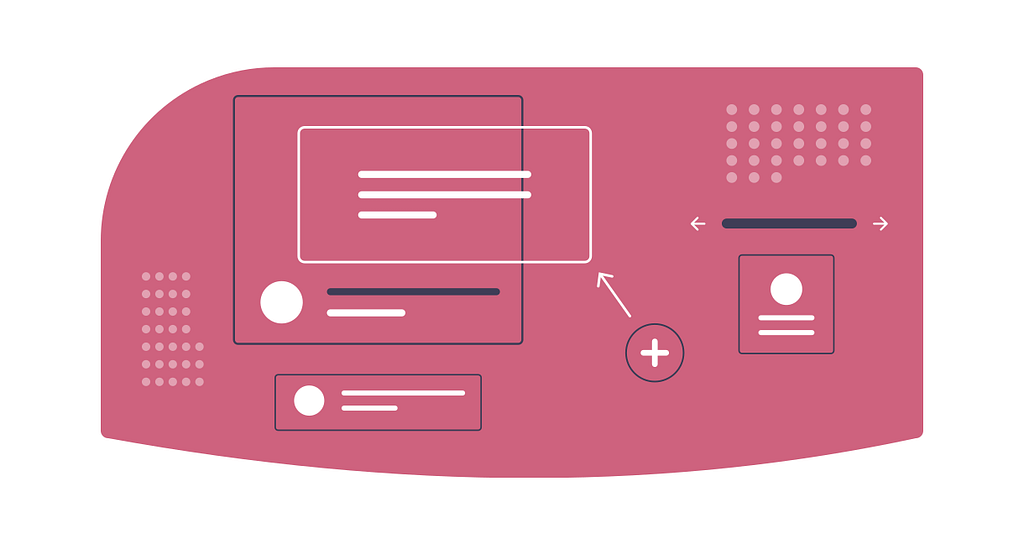According to World Bank statistics, 15% of the world population (over 1 billion) live with some form of disability. The increase in the number of disabled people is primarily due to the rise in chronic diseases and aging. Any website that doesn’t cater to the needs of this population is likely losing out on a significant number of potential customers. Website accessibility is an increasingly important SEO factor in the world today.
In some countries, it is not only discriminative but also unlawful to create a website that doesn’t accommodate people with disabilities. For instance, in the USA, the law prohibits discrimination based on disability in any business. Like all the other businesses, websites are also supposed to abide by this law as well. So, while creating your site, you need to consider the blind, people with impaired vision, the deaf, etc.
Increasing your website accessibility will not only enable you to avoid lawsuits but will also boost your public image as a brand. Companies that don’t discriminate against people based on disabilities are seen as more accommodative. That’s why almost all operating systems and apps made by the big tech companies add features that make it possible for the disabled to use them.
If you don’t know how to make your website accessible, this article is for you. We shall take you through the details of how you can make your website accessible to all people without incurring so many costs in the process. Let’s dive in!
1. Website Accessibility – Know your audience first
It is challenging to build a website that takes care of all kinds of disabilities because they so many. By knowing your audience, you will be able to prioritize the implementation of accessibility features on your website. For instance, if many people with visual disabilities visit your website, you may have to implement features that take care of these people first.
However, this doesn’t mean you ignore other accessibility features. It is necessary to add as many accessibility features to your site as you can, but the ones you add first should take care of the majority of the disabled people who use your website.
2. Add alt tags on all your images
While browsing a website, there are texts that pop whenever you hover the cursor or your finger (for touch screens) on an image. When accessibility mode is enabled in any operating system, these alt tags are read out loud, allowing the blind or people with impaired vision to know that there is an image and what it is about.
Adding alt tags to all your images is pretty simple and won’t take a lot of your time and money to implement to up your website accessibility game. Besides making the website more accessible, alt tags are also good for SEO, so adding them will also boost your rank in the search engine results, leading to more traffic on your website.
3. Add keyboard navigation to your website
Most people with impaired vision and those who are entirely blind usually find it easier to browse the web using the keyboard than the mouse. Braille keyboards are what most blind people use to browse the web, so make sure all your website pages are easily browsable while one is using this keyboard.
4. Add an audio version of the text if possible.
If possible, make sure all your web pages have an audio version that people with visual disabilities can listen to instead of browsing the site. Websites like TheVerge have an audio version for almost every article on their website. If your website is built on WordPress, there are a couple of text-to-speech plugins that you can integrate into the site to make it accessible to people with vision issues.
5. Describe all the links in your content
Whenever you add inbound or outbound links in your content, it is always best to explain what they are about rather than using generic phrases like “click here.” This practice will make it easier for people who can’t see to know what the link is about before they go ahead to click it. Sometimes the key to web accessibility is to look at the world from the shoes of our friends with disabilities.
It is also best to add a different font and color to your links to make them more accessible for people that are color blind. Describing links and giving them a unique color and font will also boost the user experience of even people with no disability. This move is also good for SEO, and it doesn’t cost you a lot to implement it in your website.
6. Add subtitles to video content on your website
Deaf people will find it easier to understand what a video is about if it has subtitles. So, on top of including videos to make your content more accessible to the deaf, you should add subtitles to the videos as well. If you are a video creator, here are some software tools that you can use to add subtitles to your videos easily.
While adding subtitles, you need to mind the color you choose. Your subtitle’s choice of color should be based on the colors that dominate most of your video. For instance, if your video is dominated by dark colors, using white for your subtitles would make them clearer than using a dark color.
7. Facilitate the ease to increase font size
For people having visual difficulties, texts with small fonts can be a pain to read, especially for long-form page content. A website that makes it easy to increase and reduce fonts without changing the overall page layout makes life easier for this category of people. It would also be best to make fonts for your heading and subheading much bigger than the main text. So, planning ahead your fonts before you start your web development process helps to significantly improve your UX and your website accessibility.
8. Your website should be responsive
An unresponsive website makes it harder for people with vision issues to browse its content on mobile devices. Even people with no visual disabilities don’t like zooming in and out while browsing content on their mobile devices.
Responsive websites are also good for SEO, so making your site responsive will not make it accessible but will also boost its performance in search engines.
9. Your content should be readable and straightforward
While creating content on your web pages or writing blogs, you need to mind the spacing and the complexity of the language you use. You should always skip a line after 4 or 5 sentences to make it easy for users with visual disabilities to read your content.
Conclusion

Like we have seen above, increasing your website accessibility will not only grow your traffic among the disabled groups but also those with no disabilities. Most of the strategies we have shared will boost the user experience (UX) for both people with disabilities and the rest of the users. For instance, spacing your content and making the site responsive makes it easy for everyone using your site to read and understand what you are talking about easily.
And also, most of the practices that increase your website accessibility are good for SEO. You will likely see more traffic coming from search engines when you implement these strategies. So, no matter the kind of website you are running, it is necessary to make its UI appealing and think about the UX of all types of users because these two have a significant impact on the traffic you will get on your site. Lastly, if you happen to be trying to DIY your website, attempting to make your website accessible for the disabled, check out what we wrote about the common struggles of DIY-ing your own website. It might help you gain some perspective in the whole process of building a website.

